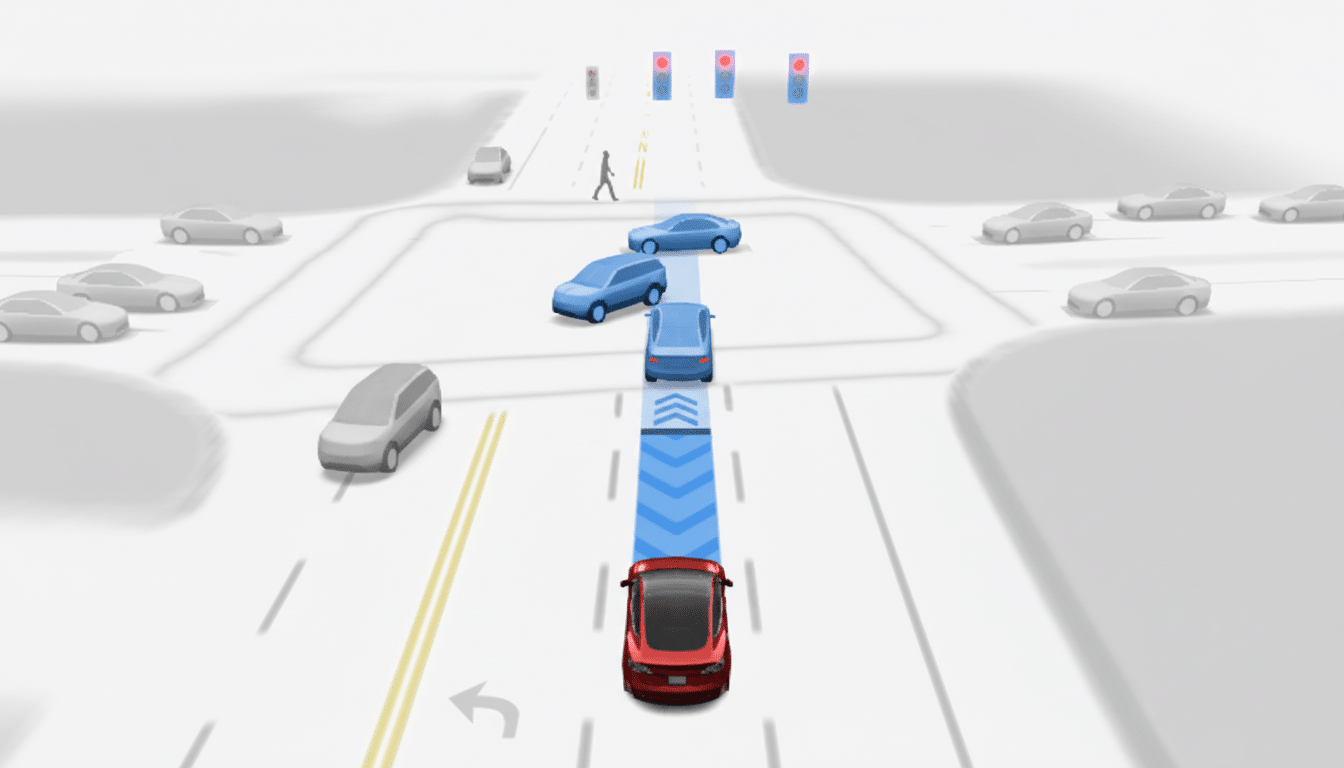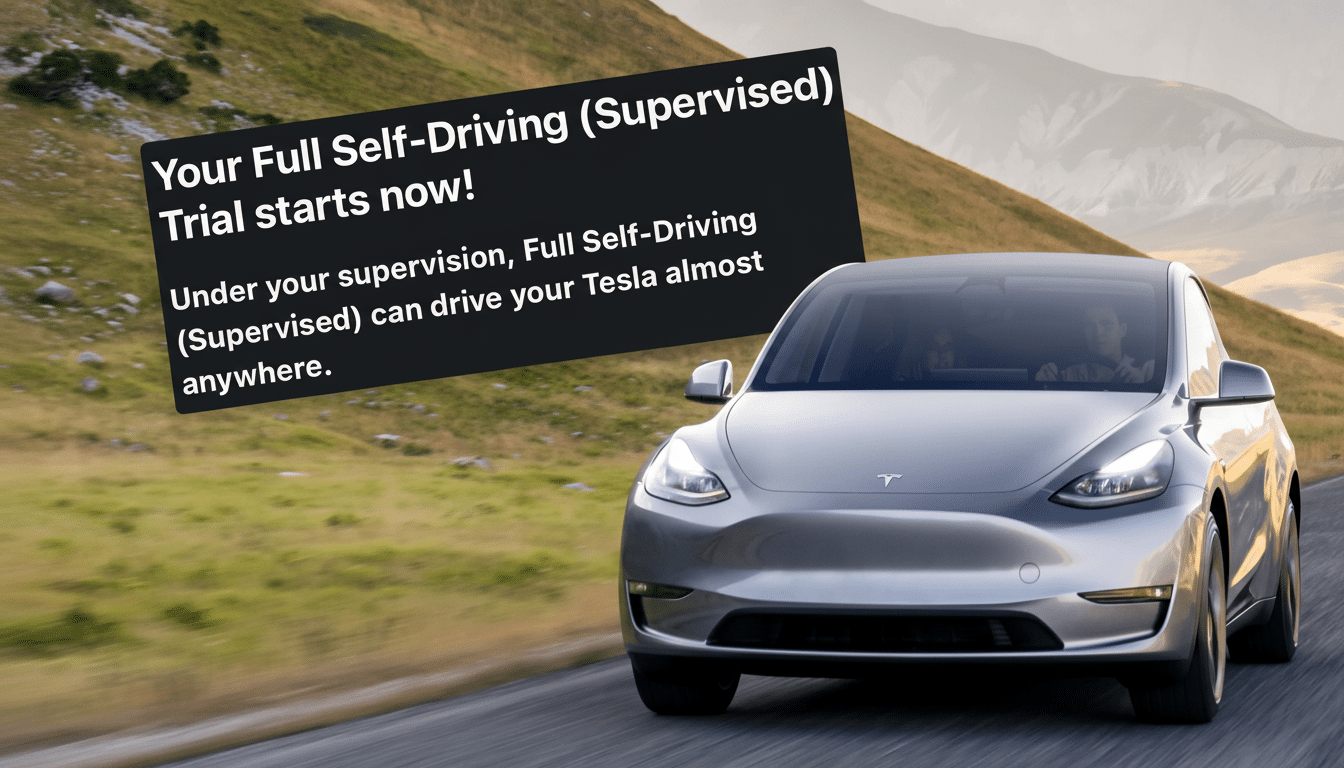Tesla’s push to drive the Full Self-Driving software release in Europe screeched to a halt when the Netherlands vehicle authority RDW issued an open refutation of Tesla’s statement that it had received approval.
The regulator said there has been no green light and called for Tesla supporters to stop bothering its offices, stressing that any decision will depend on evidence of safety and not public pushback.

The dust-up started when Tesla’s European X account said that RDW had “committed” to providing the Netherlands’ national approval in 2026, and fans should thank the agency. RDW did respond with a statement, explaining what it has is a timeline for Tesla to show that “FSD Supervised” meets applicable safety standards by February 2026—not an approval. Outreach from fans is not taken into consideration by the panel, the authority said.
RDW outlines how Tesla’s FSD could gain approval in Europe
RDW is the European type-approval authority that Tesla has used for years to obtain EU-wide approvals to sell vehicles on the continent. But the approval of a new, more advanced driver-assistance function is different from one for a car model. Over-the-air features that have a material impact on vehicle performance are evaluated in the same way as hardware-based alterations under EU Whole Vehicle Type Approval regulations.
It’s classified as a Level 2 driver assistance system, so the driver needs to remain engaged at all times. In Europe, these systems live in a broader ecosystem dictated by UNECE regulations like those related to Automated Lane Keeping Systems and Lane Change Assist. Those rules set some very tight guardrails around driver monitoring, speed windows and maneuver initiation, restricting what an L2 system can do without clear driver acquiescence.
Tesla has been informed by RDW about the performance and safety standards it must achieve ahead of a 2026 check-in, according to the statement. The regulator did not specify the test parameters, a standard stipulation during ongoing evaluations so as not to skew test results or reveal details of proprietary testing plans.
Public pressure campaign on regulators draws swift rebuttal
The regulator’s response followed after Elon Musk told shareholders “pressure from our customers in Europe to push the regulators to approve (the plan) would be appreciated”, according to news agency Bloomberg. The coincidence made Tesla’s celebratory post feel less like a milestone and more like an effort to rally public sentiment.
Regulators rarely move in response to campaigns. RDW stressed that road safety and the rules would be the only consideration guiding its decision. In Europe’s safety-first cultural milieu, perceived efforts to crowdsource lobbying can backfire, possibly stiffening agencies’ resolve to rely on methodical, evidence-led validation.

Safety scrutiny and Tesla’s track record in U.S. and Europe
Tesla’s futuristic driver-assistance features are coming under global scrutiny. In the United States, the National Highway Traffic Safety Administration issued several software-related recalls: one in 2023 to address FSD Beta behaviors at intersections covering about 362,758 vehicles, and another recall affecting about 2 million vehicles to reinforce Autopilot safeguards. NHTSA has also followed up by tracking performance after recalls, demonstrating that regulators want to see assurances of risk reduction.
European safety organizations have taken a more nuanced view. Tesla Model Y received a very high 98% Safety Assist score by Euro NCAP, which touted aspects such as driver monitoring and collision avoidance. But those ratings are aimed at the assisted driving as it’s actually deployed, and not a blanket endorsement of broader, more aggressive features. Expecting them to push for strong city-performance evidence, unambiguous driver-attentiveness enforcement and conservative system envelopes (especially on complex urban streets) is reasonable.
Tesla has said FSD has racked up lots of real-world miles in supervised use, which it argues is essential to moving quickly. Data, however, in Europe at least, is seldom sufficient; authorities generally want testing against set scenarios and traceable safety cases before extending capabilities.
What it means for European drivers and the timeline ahead
Today, nothing has changed for owners. Autopilot and the regionally restricted Enhanced Autopilot from Tesla are still fully available, but that’s not the case for FSD Supervised as it isn’t signed off for EU-wide operation. The soonest relevant regulatory stop-off point publicly referred to is February 2026, when Tesla will need to demonstrate to RDW that the system in fact satisfies established safety levels.
If Tesla meets that bar, a nationwide path through RDW can provide an opening for wider EU approval, but it is not guaranteed. Under EU rules, technical services (such as TÜV, IDIADA, or UTAC) may be involved in the testing, harmonized UNECE regulations set minimum standards, and the role of member states includes the final say on use of roads. Each of these steps demands a recorded safety argument, strong driver supervision, and fail-safe behavior in corner cases.
The episode underscores an escalating clash between aspirational timelines for autonomy and the regulatory reality. For now, the message from the Netherlands is clear: evidence first, approval later — and no inbox-filling will change that order. P.V.

